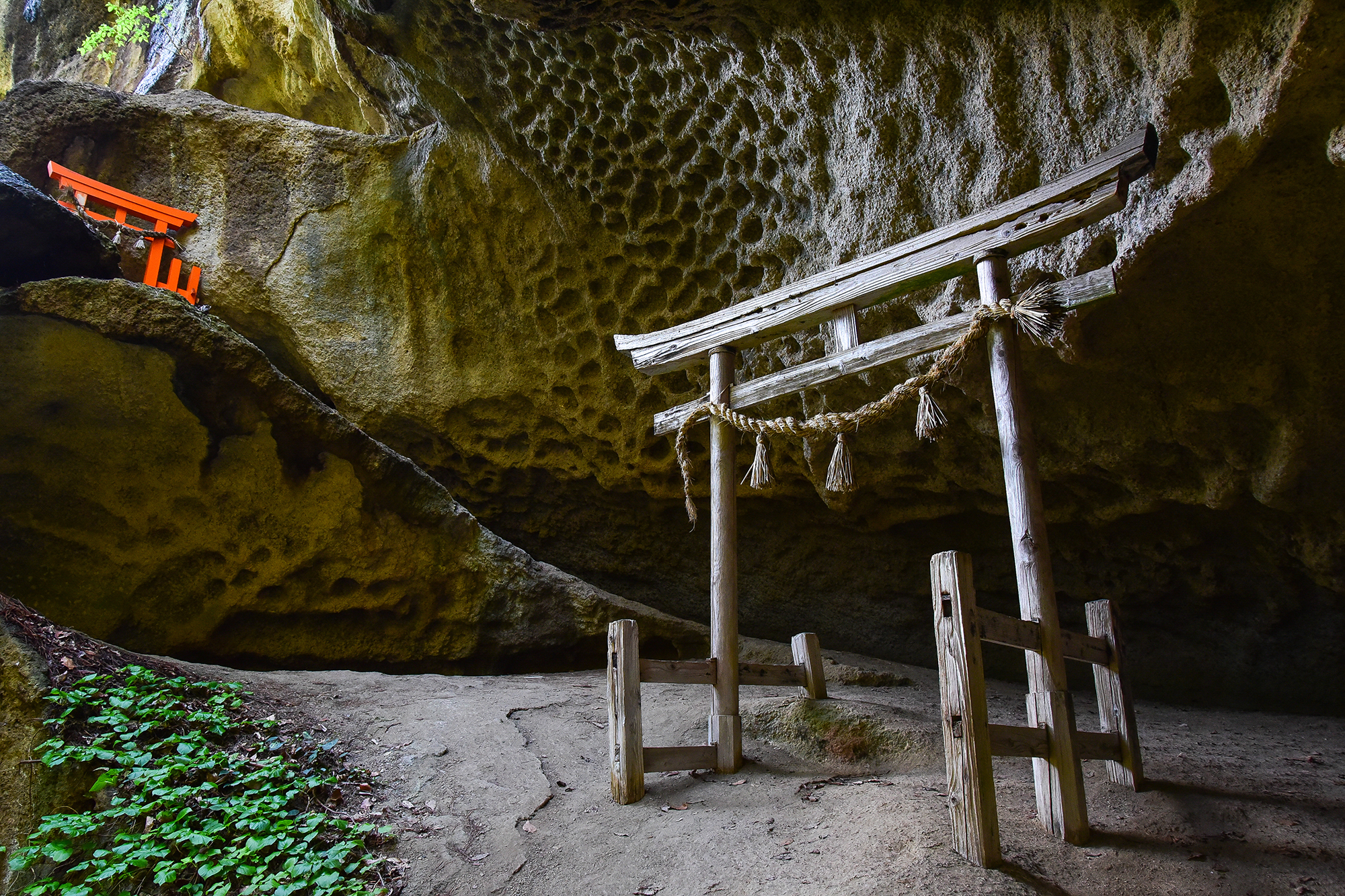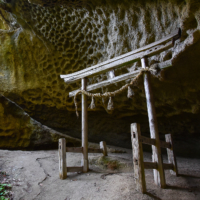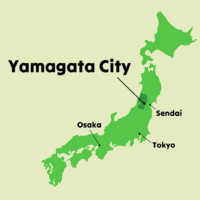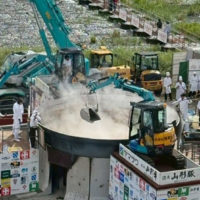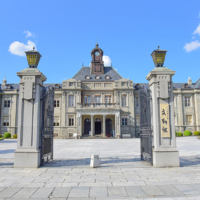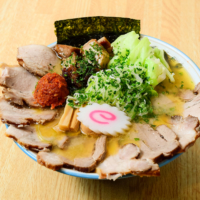Yamagata Prefecture, located on the Sea of Japan side of the Tohoku region, is mostly mountainous, with rich nature and ample snowfall making it ideal for winter sports. Yamagata has many charms that Tokyo lacks and is easily accessible from the capital, with the Yamagata Shinkansen connecting Tokyo and Yamagata stations in about three hours.
The Zao Mountains, on the border with Miyagi Prefecture, boast breathtaking beauty. This range, running north to south through the Tohoku region, is scenic in every season: the fresh green of spring, the brilliant sunshine and intense blue sky of summer, the rich colors of autumn and the snowscapes of winter.
At the foot of the mountains is Zao Onsen, a strongly acidic sulfur hot spring with a history of 1,900 years, located about 40 minutes by bus from Yamagata Station. The nearby Zao Ropeway, running from Zao Sanroku Station, offers magnificent views.
In October, the autumn leaves are most beautiful. Winter offers skiing and views of countless dazzling-white frost-covered trees.
In a rare phenomenon, supercooled water carried by winter winds instantly freezes onto Maries’ fir trees, eventually turning them into giant, pure-white “snow monsters.” The fully formed snow monsters can be seen from late December to early March, but in early winter the contrast between the green needles of the fir trees and the pure white of the ice and snow that gradually dress them is breathtakingly beautiful as well.
A popular way to view the snow monsters is to take the Zao Ropeway’s Sanroku Line from Zao Sanroku Station and then switch to the Sancho Line from Juhyo Kogen Station to the mountaintop Jizo Sancho Station, where right outside lies a vast field of snow monsters.
When the snow monsters are illuminated in the evening, the magical view is like something out of a fantasy world. From Juhyo Kogen Station, you can also take a special Night Cruiser snow vehicle on a 75-minute nighttime tour.
The Zao Onsen Ski Resort’s Juhyogen Course also offers you a place to ski or snowboard while admiring the snow monsters.
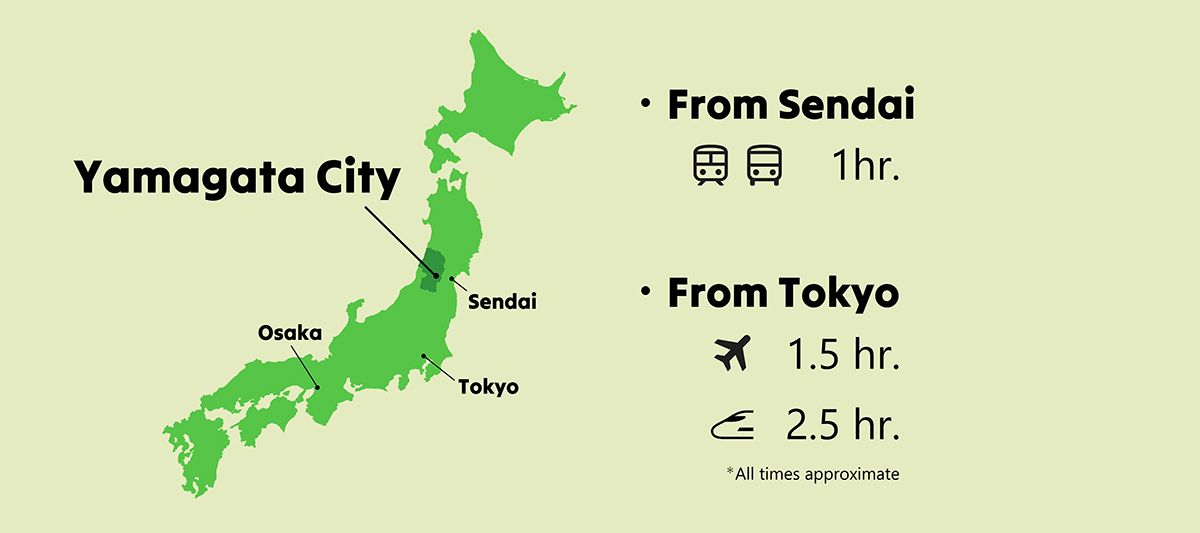
Yamadera: A mountain temple
Another must-visit in Yamagata Prefecture is the Risshakuji temple, widely known as Yamadera, meaning “mountain temple.” Founded in 860 by the renowned monk Jikaku Daishi (Ennin), this Tendai sect temple is easily accessible from Yamadera Station, a 20-minute ride from Yamagata Station.
At the top of the 1,015 steps from the trailhead lies the temple Okunoin, which consists of Nyohodo and Daibutsuden. Nyohodo enshrines statues of Shaka Nyorai (Shakyamuni Buddha) and Taho Nyorai (the Buddha of Abundant Treasures), while Daibutsuden houses a 5-meter-tall golden statue of Amida Nyorai (Amitabha Buddha).
Along the path to Okunoin, one can see over 30 temples and pagodas of various sizes, including Konponchudo Hall, an Important Cultural Property that is considered the oldest beechwood structure in Japan, gates such as the Sanmon (“mountain gate”) and Niomon, which houses statues of guardians of Buddha, and countless giant rocks. The Godaido Hall, built atop a towering rock, is the best lookout point at Yamadera, offering a breathtaking view.
A monument engraved with the haiku poem “Shizukesa ya iwa ni shimiiru, semi no koe” (“In the quietude, the call of cicadas seeps into the rocks”) also stands here. This verse, deeply familiar to Japanese people, was composed by the famous Edo Period poet Matsuo Basho when he visited Yamadera in 1689 during his journey through the Tohoku region. It was later included in his masterpiece travelogue, “Oku no Hosomichi” (“The Narrow Road to the Interior”).
The entire pilgrimage route, which involves climbing and descending stone steps to visit all these places, takes about an hour and a half.
A guided tour in English is available upon prior booking on the Yamadera Tourism Association’s website, enabling foreign visitors to gain a deeper understanding of the history and local culture.
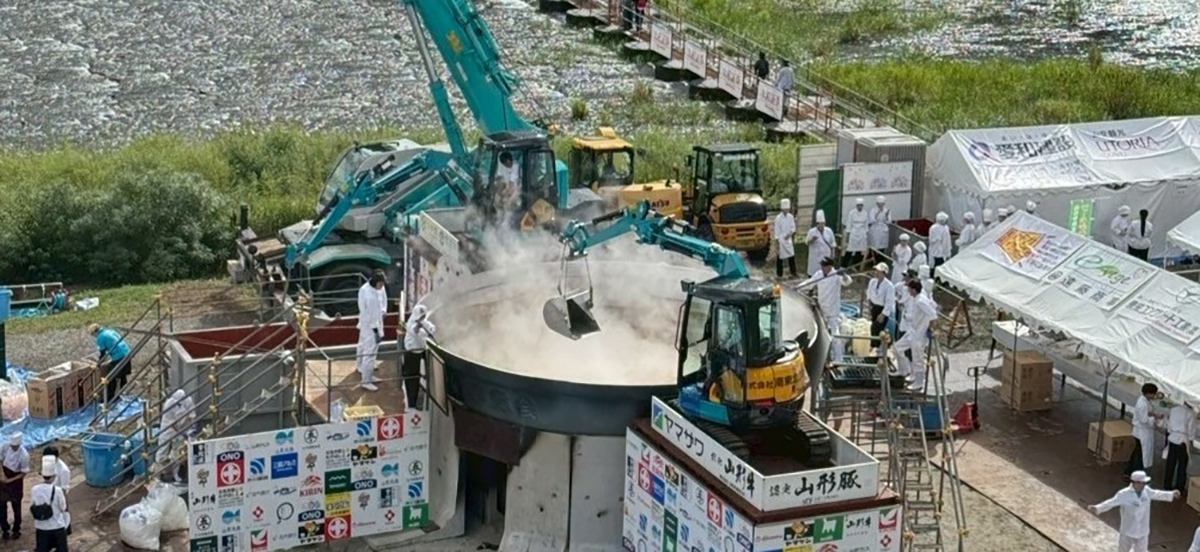
On the streets at the base of Yamadera, visitors can enjoy famous local specialties such as soba noodles, imoni and Yamadera chikara konnyaku. Imoni, a traditional stew, is the “soul food” of autumn in Yamagata Prefecture. There are regional variations, but the most well-known version is a soy sauce-based soup with taro, thinly sliced beef, konnyaku — a gelatin made by grating and solidifying konnyaku yams — and green onions. It is not only eaten at home, but also enjoyed at imoni kai community gatherings with neighbors and friends held along riverbanks. Yamadera chikara konnyaku is small balls of konnyaku simmered in a soy sauce-based broth and served on a skewer.
From late October to early November, visitors can enjoy the dynamic contrast between the vibrant autumn leaves and the rugged rock faces.
Stunning fall foliage
There are also places to enjoy beautiful autumn foliage in central Yamagata city. Momiji Park, located about a 25-minute walk from Yamagata Station, or a little over 10 minutes by bus, is, as its name suggests, a garden filled with momiji maple trees. Though it is small at about 0.7 hectares, it has a history of over 350 years.
The park is designed around a central pond, allowing visitors to appreciate the beauty of the trees and water from various angles. The best time for viewing autumn leaves is typically mid- to late November, when the red and yellow leaves reflect on the pond’s surface, creating a stunning “mirror foliage” effect.
On the opposite side of Yamagata Station from Momiji Park is Kajo Park, where the autumn foliage is also beautiful, with cherry, ginkgo and other trees changing colors at different times. This park was built around the ruins of Yamagata Castle, a National Historic Site. The park’s area is roughly the size of eight Tokyo Domes. There are various cultural facilities within and around the park, including the Yamagata Prefectural Museum, the Yamagata Museum of Art and the Mogami Yoshiaki Historical Museum.
The park also contains the Yamagata City Local History Museum, a relocated and restored form of the Old Saiseikan Hospital Building, built in pseudo-Western style by Japanese craftsmen during the Meiji Era. This historical structure, designated an Important Cultural Property, features a mix of both Western and Japanese architectural elements.
Western-Style Elegance at Bunshokan
Another building incorporating Western-style architecture is the Yamagata Prefecture Hometown Pavilion Bunshokan (former prefectural office and assembly building). It is located about a 10-minute bus ride from Yamagata Station and admission is free. It is a brick building of the English neo-Renaissance style, built in 1916 and designated an Important Cultural Property in 1984. From 1986, the building and its interior underwent a 10-year restoration project, using the same construction methods from when it was originally built. Visitors can appreciate its beautiful architecture and exhibits showcasing the records of the restoration work and the region’s history and culture. The building and its garden are also used for various cultural activities, including concerts, plays, exhibitions and local events.
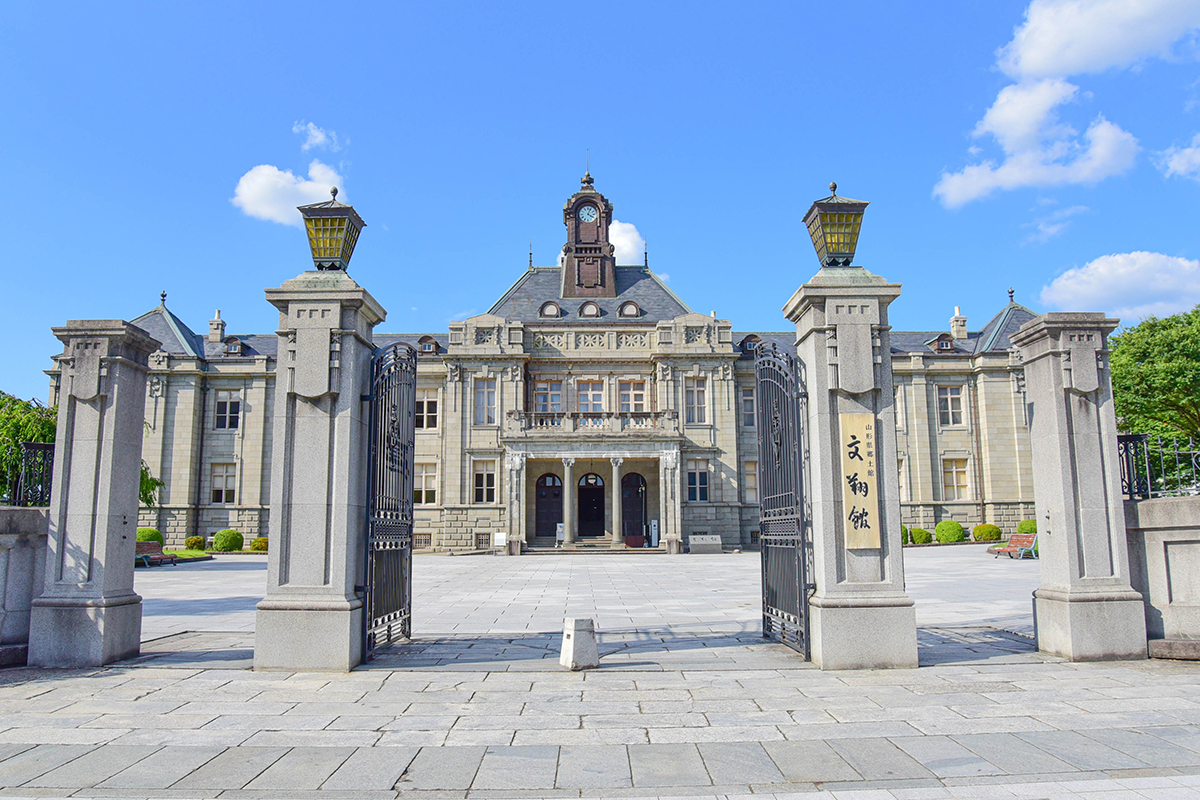
Savoring the flavors of Yamagata
The city also has many places to enjoy Yamagata’s local specialties. Next to the Yamagata Tourism Information Center, just a one-minute walk from Yamagata Station, there is the Yamagata sake tasting corner Chetto, a spot where visitors can sample local sake. With 42 varieties always available, people can enjoy tasting at a reasonable price: three small cups for ¥500 ($3.50) or six for ¥1,000. Yamagata Prefecture has long been renowned for sake brewed using the pure water flowing from its mountains and the rice grown in its fertile plains. The prefecture still has 48 sake breweries today. Sake from no two breweries tastes the same — because the qualities of the water differ from place to place, the flavors and aromas of the sake produced are incredibly diverse.
During the upcoming cold seasons, enjoying local sake with local seafood would be a great idea, while the wagyu brand Yamagata Beef can be enjoyed all through the year. Among agricultural products, peaches, apples, certain kinds of grapes and pears — including Western pears, of which Yamagata is the top producer in Japan — are in season. The prefecture also has an overwhelming share of domestic cherry production. Even in early summer, ahead of the peak season, processed cherry goods and cherry-flavored sweets are popular souvenirs.
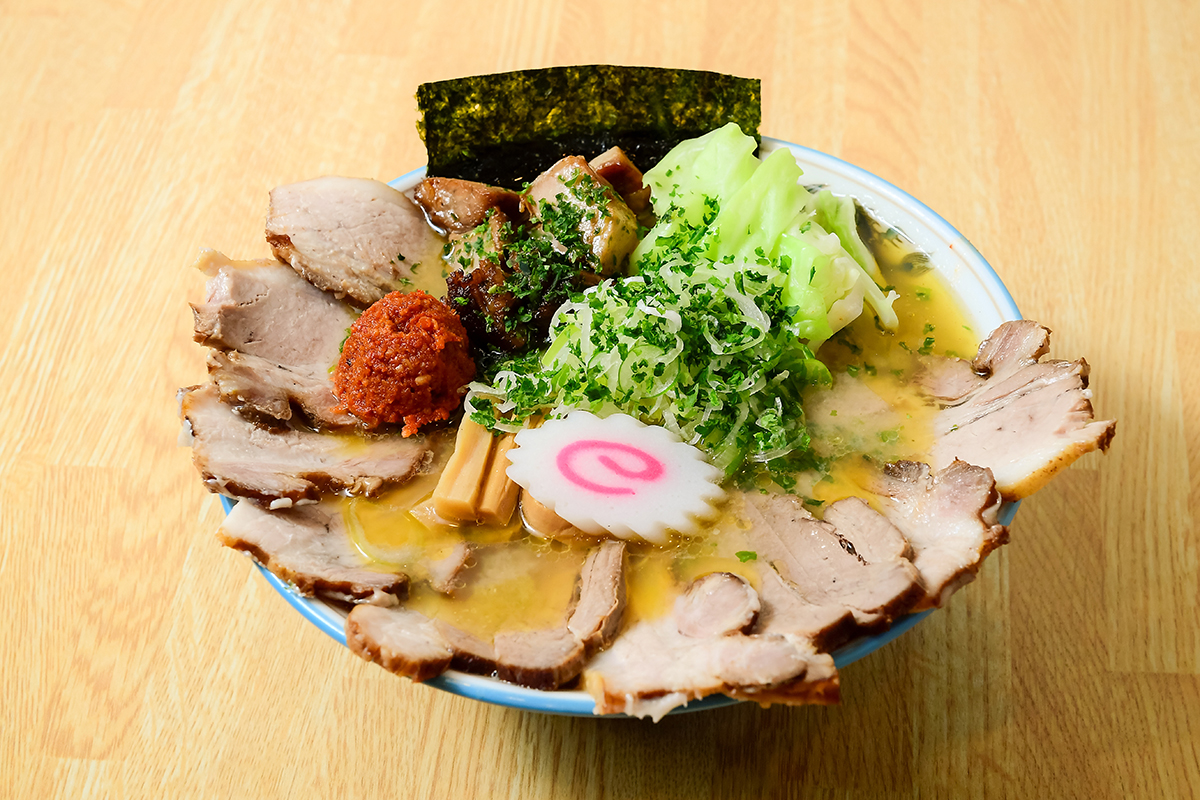
Another thing Yamagata city boasts as No. 1 in Japan is average household spending on ramen. Interestingly, many soba shops also serve ramen. It is said that this tradition dates back to the aftermath of the Great Kanto Earthquake in 1923. Ramen chefs in affected areas fled to Yamagata and found work at soba restaurants, which then added their ramen techniques.
Yamagata city is focusing efforts on drawing visitors for its ramen as well. Feb. 8 is officially Yamagata City Ramen Day, and various ramen-related events are held around that time. The city’s Oshi-Men Yamagata website (ramen lovers’ portal) allows users to search for ramen shops based on their preferences for broth flavors and noodle types.
Filled with nature, history, culture and food, Yamagata is brimming with attractions that will satisfy both the interests and appetites of its visitors.



